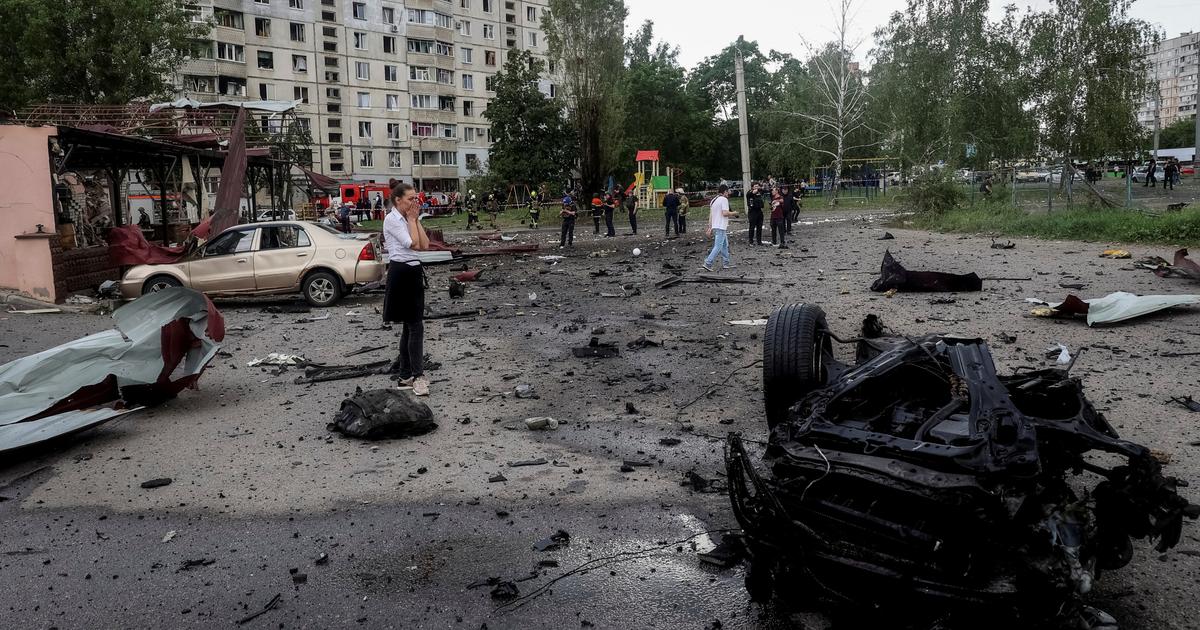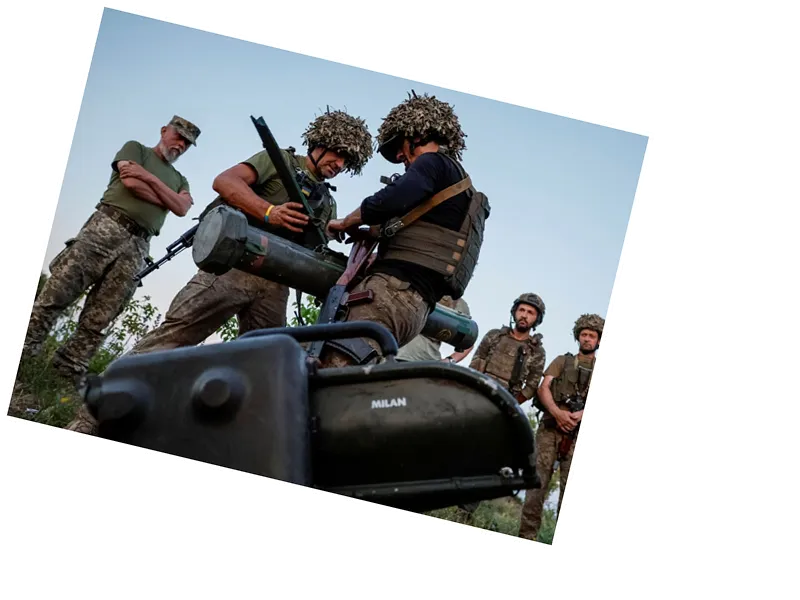Escalation in Kharkiv: Russian Offensives and Humanitarian Crisis
Kharkiv Under Siege
A series of Russian strikes has resulted in at least one death and six injuries in Kharkiv on May 23. The capital of the northeastern region, besieged by Russian forces, has seen a surge in violence leading to extensive displacement and instability. According to Kharkiv's mayor, Igor Terekhov, the latest assault caused a major fire at a private company, further complicating efforts to maintain public safety and basic services.
Compounding the chaos, a significant offensive launched by Russian ground forces on May 10 has led to the displacement of almost 11,000 residents, explained Oleg Synegubov, the governor of the Kharkiv region. The UN High Commissioner for Refugees (UNHCR) reported on a concerning trend of forced evacuations, noting that these people expressed a clear wish to return once conditions improve.
Ukrainian and Russian Counter Strikes
The conflict sees reciprocal violence as Ukrainian strikes have also claimed lives. In the Russian region of Belgorod, a woman was killed when a downed Ukrainian drone crashed into her home, while a man in the Donetsk region, partially controlled by Russia, died after his car was struck. Fighting remains fierce in the surrounding areas, particularly in Vovchansk, where Ukrainian defenders continue their struggle to repel Russian advances.
Adding to the tension, Russia announced exercises involving non-strategic nuclear weapons near the Ukrainian border, a provocative move criticized by international observers including U.S. representatives and German Foreign Minister Annalena Baerbock. President Vladimir Putin's declaration of these exercises serves both as a show of force and a response to Western support for Ukraine.
The situation remains dire, with more than 14,000 people displaced over the last two weeks alone. The World Health Organization (WHO) highlighted the growing humanitarian needs, pointing to the substantial number of residents still within 25 kilometers of the Russian border facing continued threats.
Interactive maps detailing the latest territorial gains, losses, and ongoing battles are crucial for understanding the dynamic and volatile situation in Ukraine. As tensions escalate, the international community's support becomes ever more critical in providing relief and safeguarding civilians.
- Reports indicate that nearly 189,000 residents in the Kharkiv region remain at risk due to ongoing fighting. WHO officials, including Dr. Jarno Habicht, stress the importance of immediate humanitarian intervention.
- The United Nations' 2024 humanitarian plan for Ukraine, estimated at $3.1 billion, is currently only 23.07% funded. The WHO has deployed additional staff to address the escalating needs, but significant gaps in resources and support remain.
- Amidst the turmoil, Ukrainian President Volodymyr Zelenskyj described the situation as extremely difficult, especially in the Donetsk region, despite some advances made by Ukrainian forces.
- International discourse continues regarding the efficiency of air defense systems and potential NATO involvement, reflecting the global dimension of the conflict.






